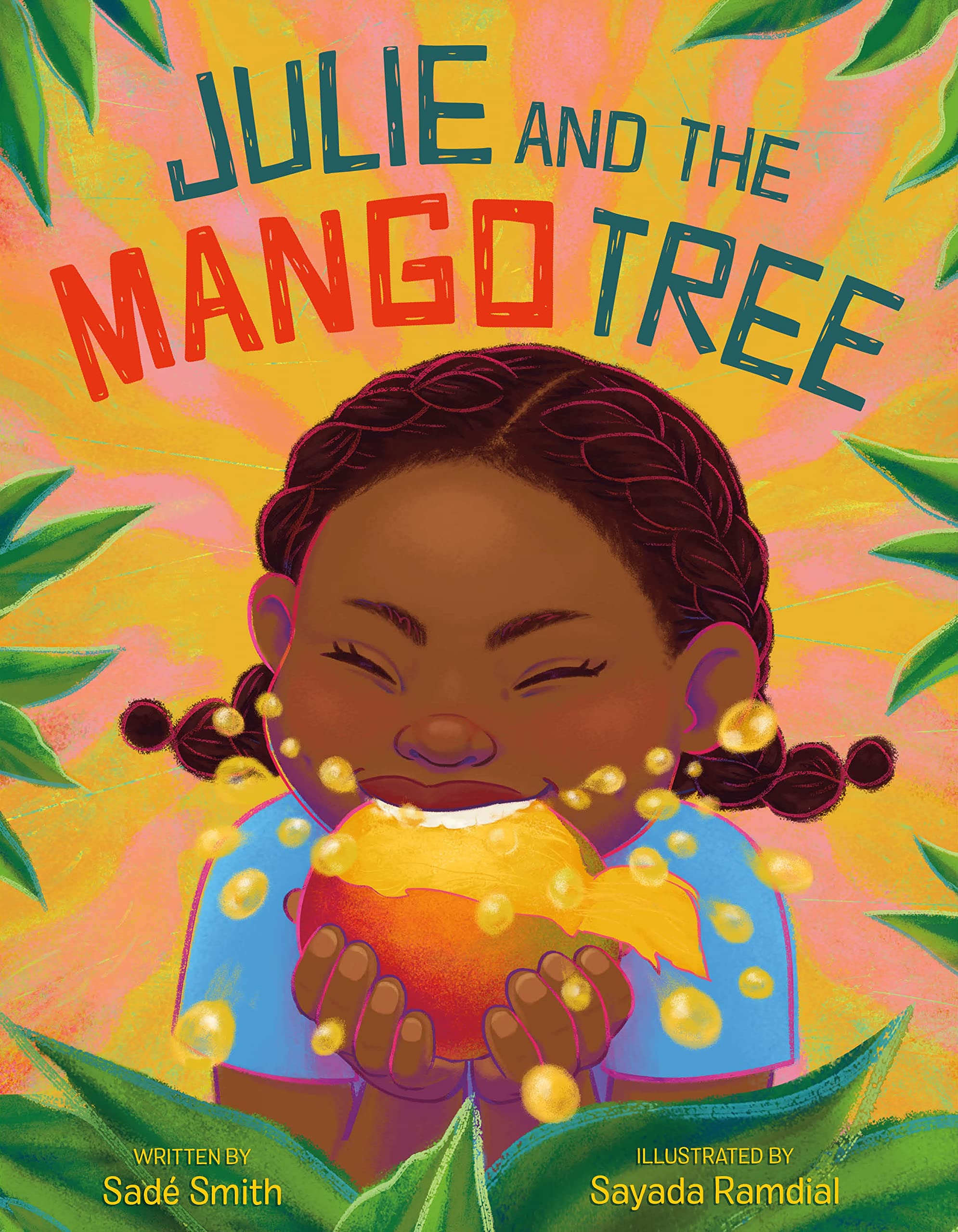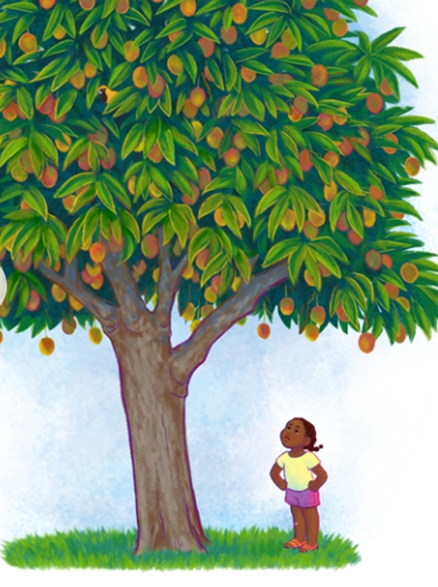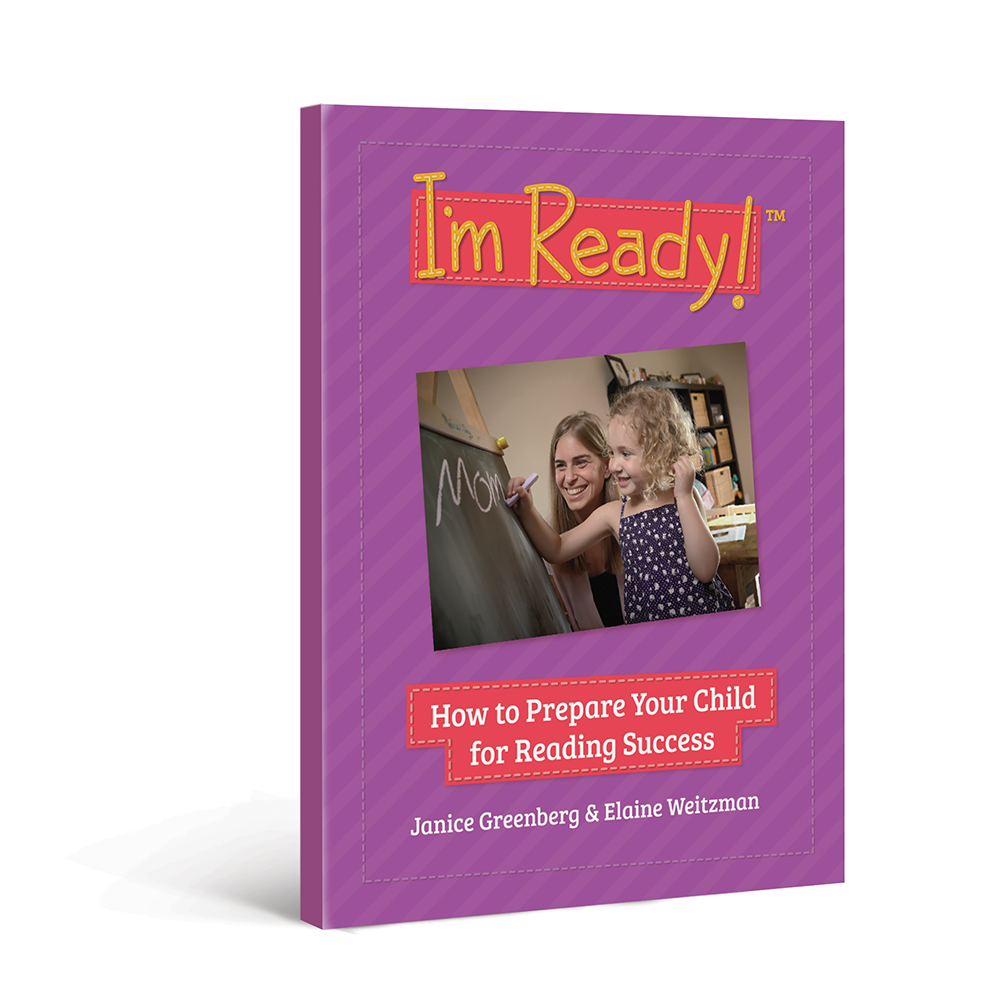This month's Book Nook topic is...
Making Predictions with
Julie and the Mango Tree
 To really understand a story, children need to look for meaning beyond the information provided in the words and pictures. This means reading “between the lines” to grasp messages in a story that are implied but not directly stated – like realizing a character who says, “I’m fine” may actually be upset.
To really understand a story, children need to look for meaning beyond the information provided in the words and pictures. This means reading “between the lines” to grasp messages in a story that are implied but not directly stated – like realizing a character who says, “I’m fine” may actually be upset.
One way to support deeper reading comprehension is to encourage children to predict what might happen next. When we encourage children to predict, we help them draw on their knowledge, experiences and reasoning skills to deepen their understanding of the story.
Let's get started!
The Book
Julie and the Mango Tree by Sadé Smith
Julie loves mangoes, but she has a problem – she can’t reach any of the mangoes on the tree in her yard! Julie and the Mango Tree is all about brainstorming how Julie might get a mango from her tree. Then, when she suddenly ends up with too much of the fruit, she finds herself with a very different problem to solve. This engaging story offers many opportunities for children to think about and predict what will happen next.
Predicting Before You Start Reading
Before you read a book for the first time, start by looking at the cover with the child and encouraging them to predict what the story is about. You could say, “This book is called Julie and the Mango Tree. What do you think might happen in this story?” Then wait to see if the child responds. If the child responds, you could say, “Maybe. Let’s read the book and find out”, or you could offer a comment, such as, “I think Julie might eat some mangoes from the tree.”
The First Reading
The first time you read a story is an excellent opportunity to make predictions, because the child doesn’t yet know how the story unfolds. Predicting is not about being right or wrong – it is a skill that focuses on thinking about what might happen.
You can encourage the child to predict by:
- Asking questions that build understanding
- Making “thinking-out-loud” comments
Asking questions
In Julie and the Mango Tree, you can help the child to make predictions by asking questions that build understanding such as:
- “How do you think Julie will get a mango from the tree?”
- “What do you think will happen next?”
If the child has difficulty answering these questions, you can provide an answer and keep reading.
Making comments
You can also use thinking-out loud comments. These comments allow the child to see how you are trying to understand the story.
 Here are a few examples of ways to make predictions using thinking-out-loud comments with Julie and the Mango Tree:
Here are a few examples of ways to make predictions using thinking-out-loud comments with Julie and the Mango Tree:
- “I’m trying to figure out what else she could do to get a mango from the tree.”
- “I wonder if she will have to wait for her Papa to come back and help her.”
- “I’m thinking that now that Julie has too many mangoes, she will have to find something to do with them all.”
Unlike questions, comments don’t require a response. However, if you make a comment and then wait, the child may respond and add their own ideas.
Continue Predicting After You Read the Story
When you finish reading the book with the child, you can continue to predict by asking questions and making comments about what might happen after the story ends, such as, “I wonder whether everyone will be able to eat all those mangoes.”
You can also nurture predicting skills throughout the day. Consider practicing predicting during play and daily routines to promote the language for thinking and learning.
Happy reading!
More Resources
The strategies in this Book Nook post are drawn from Hanen’s practical, research-based guidebooks for building emergent literacy. Explore the links below to learn more about how these guidebooks can support you.
For Parents I'm Ready! guidebook
I'm Ready! guidebook
For Educators ABC and Beyond guidebook
ABC and Beyond guidebook
